Fintech trends in asset management: A new era of innovation and transformation
The asset management industry is on the brink of a transformative era, driven by rapid technological advancements. As we look ahead, several key trends are set to reshape the landscape, offering new opportunities and challenges for asset managers. The most significant trends include the expansion of asset classes, the redefinition of client relationships, the impact of distributed ledger technology (“DLT”), and the evolving role of real estate in investment portfolios.
Expansion of asset classes
One of the most exciting developments in asset management is the expansion of asset classes, facilitated by cutting-edge technologies like artificial intelligence (“AI”). Asset managers are now able to offer more tailored asset mixes, incorporating public and private exposures, cryptocurrencies, and direct indexing. This diversification allows for more tailored investment strategies, catering to the unique needs and preferences of individual investors.
Redefining client relationships
Technology is transforming the way asset managers interact with their clients. AI-driven tools and chatbots are enhancing client interactions by providing quick access to documentation and statistics, allowing advisors to focus on more complex client needs and improving overall service quality. Additionally, digital onboarding tools streamline the account opening process, making it more efficient and user-friendly for clients, which enhances their initial interactions with the firm. The shift towards digital communication channels also means that clients can receive timely updates and tailored advice, fostering stronger relationships and greater client satisfaction.
The role of distributed ledger technology
The emergence of DLT, often implemented using blockchain technology, has facilitated the tokenization of various asset classes, such as private equity, real estate, and art. Tokenisation involves converting ownership rights to an asset into digital tokens, which are recorded and can be traded on a blockchain. This process democratises access to previously illiquid or hard-to-access asset classes, opening them up to a wider range of investors.
Importantly, in jurisdictions with established legal frameworks, like the European Union, tokenised versions of securities are still considered securities. This means that the existing regulatory frameworks governing securities apply to their tokenised counterparts, ensuring investor protection and market integrity. Additionally, secure custody solutions are essential to safeguard these digital assets.
DLT also enhances operational efficiency through smart contracts. These self-executing contracts automate administrative functions, reducing the need for intermediaries, streamlining processes, and lowering costs. The immutable nature of blockchain further bolsters transparency and security, establishing a clear audit trail for all transactions.
The future of real estate in portfolios
Real estate continues to be a key asset class despite current challenges. Technological advancements, such as IoT sensors and AI, are set to transform the sector by enhancing property management and improving sustainability. AI-driven analytics offer valuable insights into property values and rental pricing, while IoT sensors monitor building performance and identify maintenance needs.
Moreover, technology is paving the way for alternative real estate investments, including data hubs and renewable energy infrastructure, which provide diversification opportunities for investors. Tokenization of real estate, facilitated by DLT, is an emerging trend that promises to democratise access to this asset class through fractional ownership.
Discover more industry insights by downloading our latest research report!
We are excited to present our latest research report, Embracing change: How digitisation is shaping asset management, offering actionable insights and strategies to navigate the future of asset management.
Don't miss out—click the link below to access the full research report.






















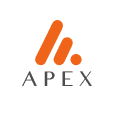
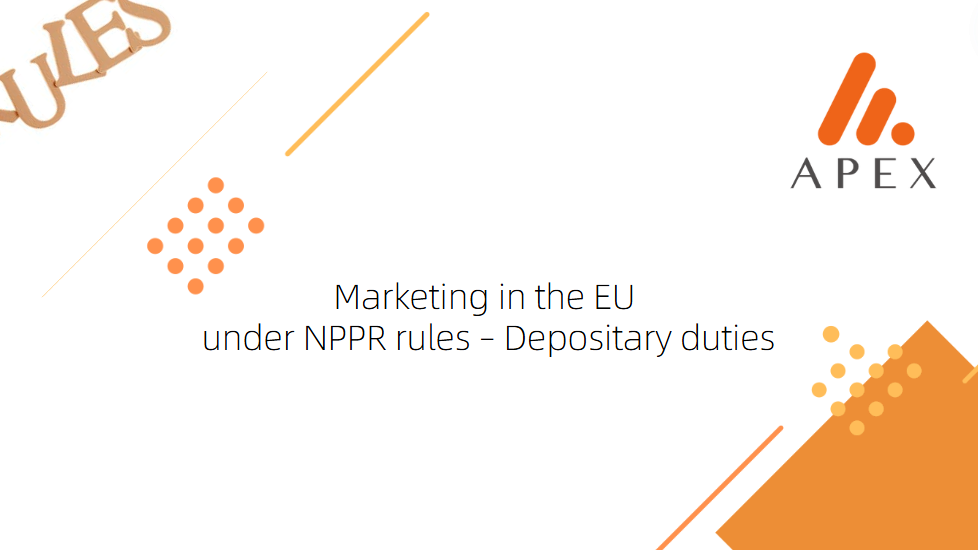
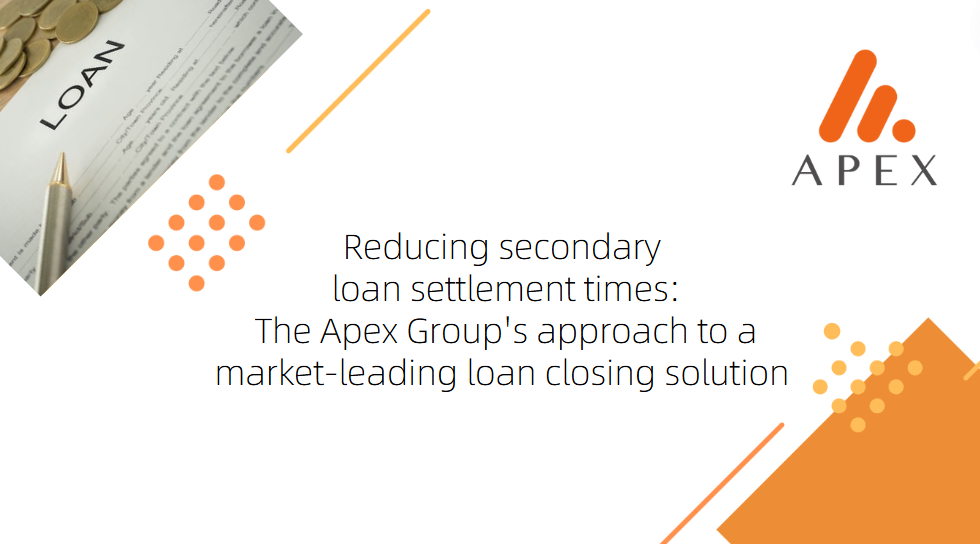
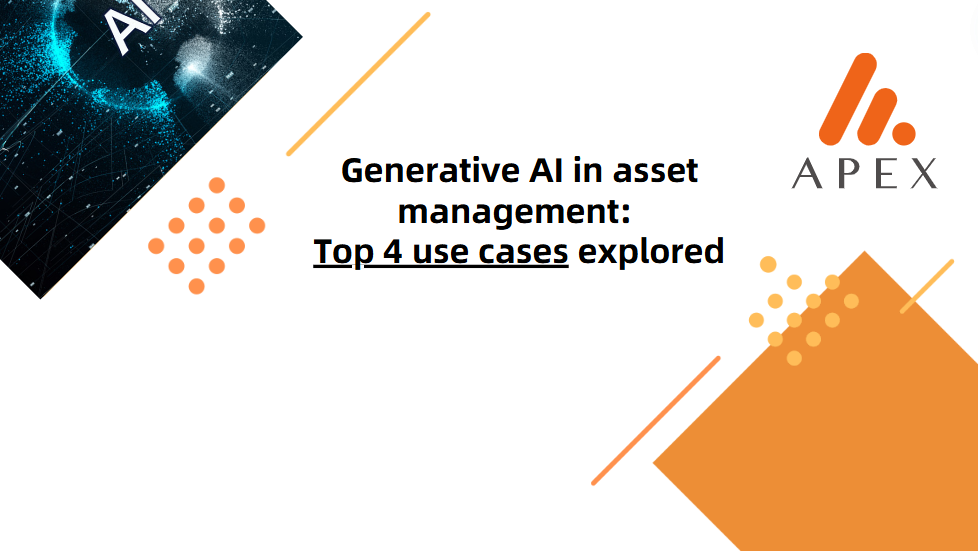
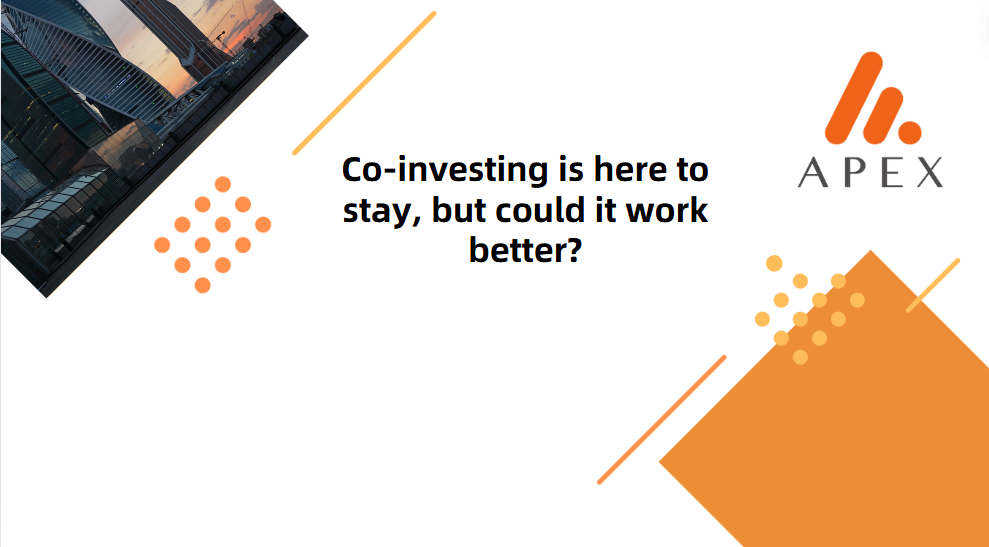


























First, please LoginComment After ~